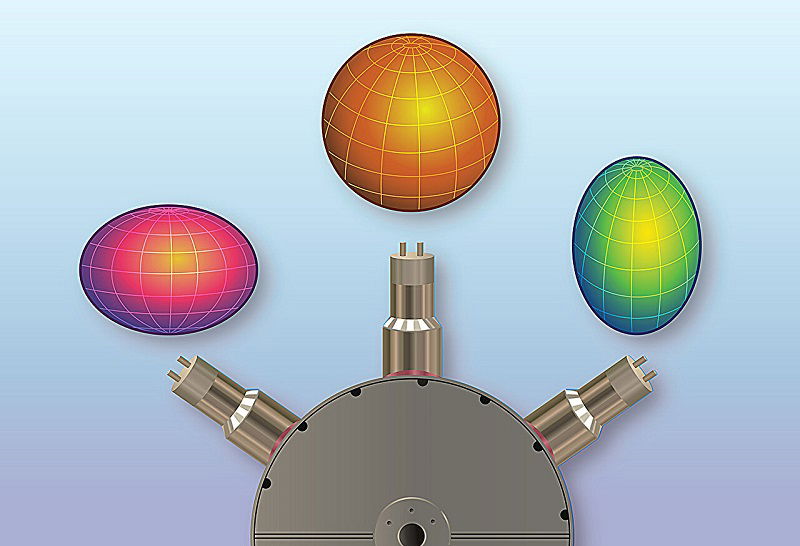Knowridge
4d
368

Image Credit: Knowridge
Scientists discover a nucleus that can change its shape with just a tiny nudge
- Researchers at Michigan State University’s Facility for Rare Isotope Beams discovered that cobalt-70, a tiny atomic nucleus, can exist in both spherical and deformed shapes with a small difference in energy.
- This surprising finding challenges previous notions about the static nature of atomic structure and highlights the dynamic possibilities within atoms.
- Using the Summing NaI Detector, the team observed the phenomenon of shape coexistence in cobalt-70, a rare isotope acting as a transition zone between different structural behaviors.
- The research, published in Nature Communications Physics, utilized total absorption spectroscopy to analyze the nucleus's ability to switch between shapes, shedding light on nuclear models and opening avenues for further exploration.
Read Full Article
22 Likes
For uninterrupted reading, download the app